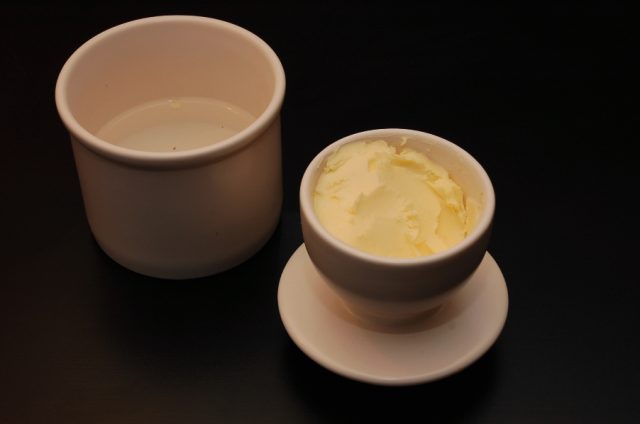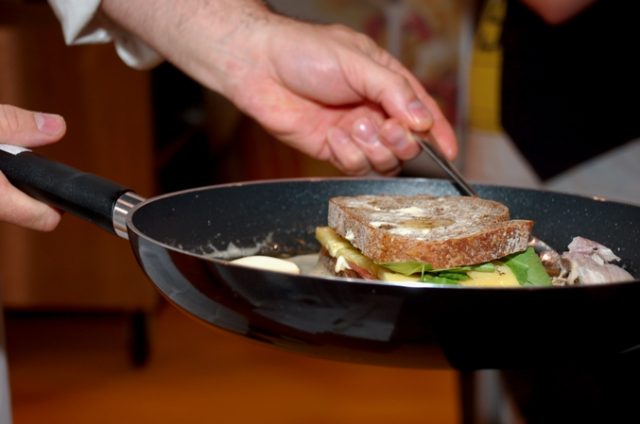Use butter for a simple sauce

Sauces can be time consuming and involved, but they can be simple too.
Take butter, for instance (but let’s leave aside the recent controversy known as “Buttergate”).
A pat of butter dropped into a batch of freshly cooked green beans with some salt and pepper is as straightforward a sauce as you can get.
And it’s simply delicious.
Butter sauces can be made more robust, however. To achieve that, divide and conquer: a concentrate of milk, butter is made up of about 80 percent milk fat, 15 percent water and a few percent milk solids. It is those solids that can give your sauce a boost of flavour.

Clarified butter, or what Indian cookery refers to as ghee, cooks the butter, removes the water and filters off the solids – this leaves a flavourful and versatile liquid.
It has a very practical application too: while whole butter can only last several days in the hot climates of India, the cooks soon learned that ghee could last months.
For their part, the solids can be used to create beurre noisette or beurre noir: “hazel” and “black” butter, respectively.

Medieval French cooks used darkened butter as sauces for fish and vegetables for a long period of time.
Heating butter to 250F. or so boils off the water and causes the proteins and sugars in the milk solids to combine deliciously and darken in colour from brown to black. The pungency increases accordingly.
Then, adding an acid like vinegar or lemon juice to the butter when it has cooled will create a simple yet complex sauce that adds depth of flavour and what might be described as “nuttiness” to your dish.

Of course, the better butter you buy the better the yield in taste and texture in what you add it to.
Try butter as a sauce sometime.

